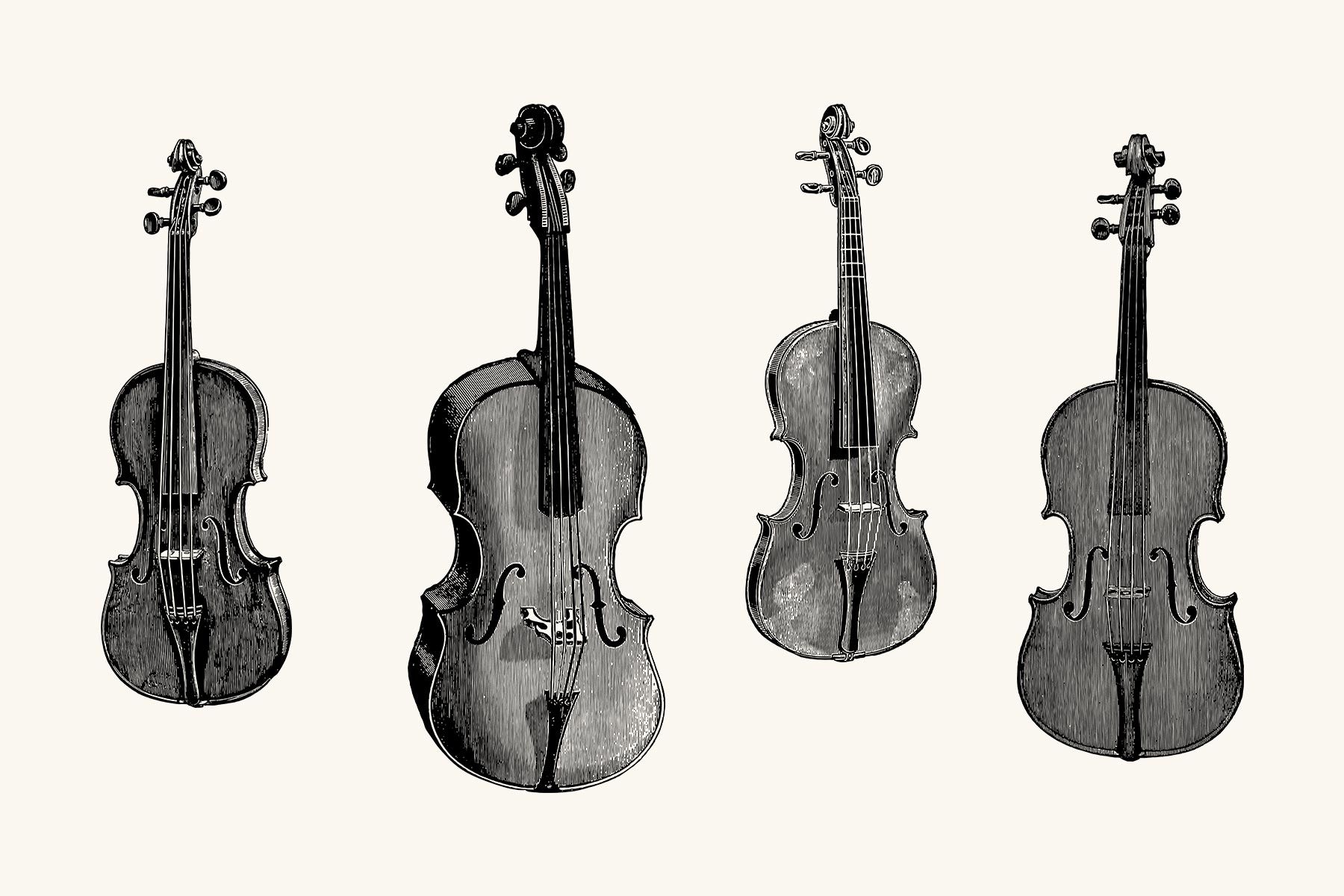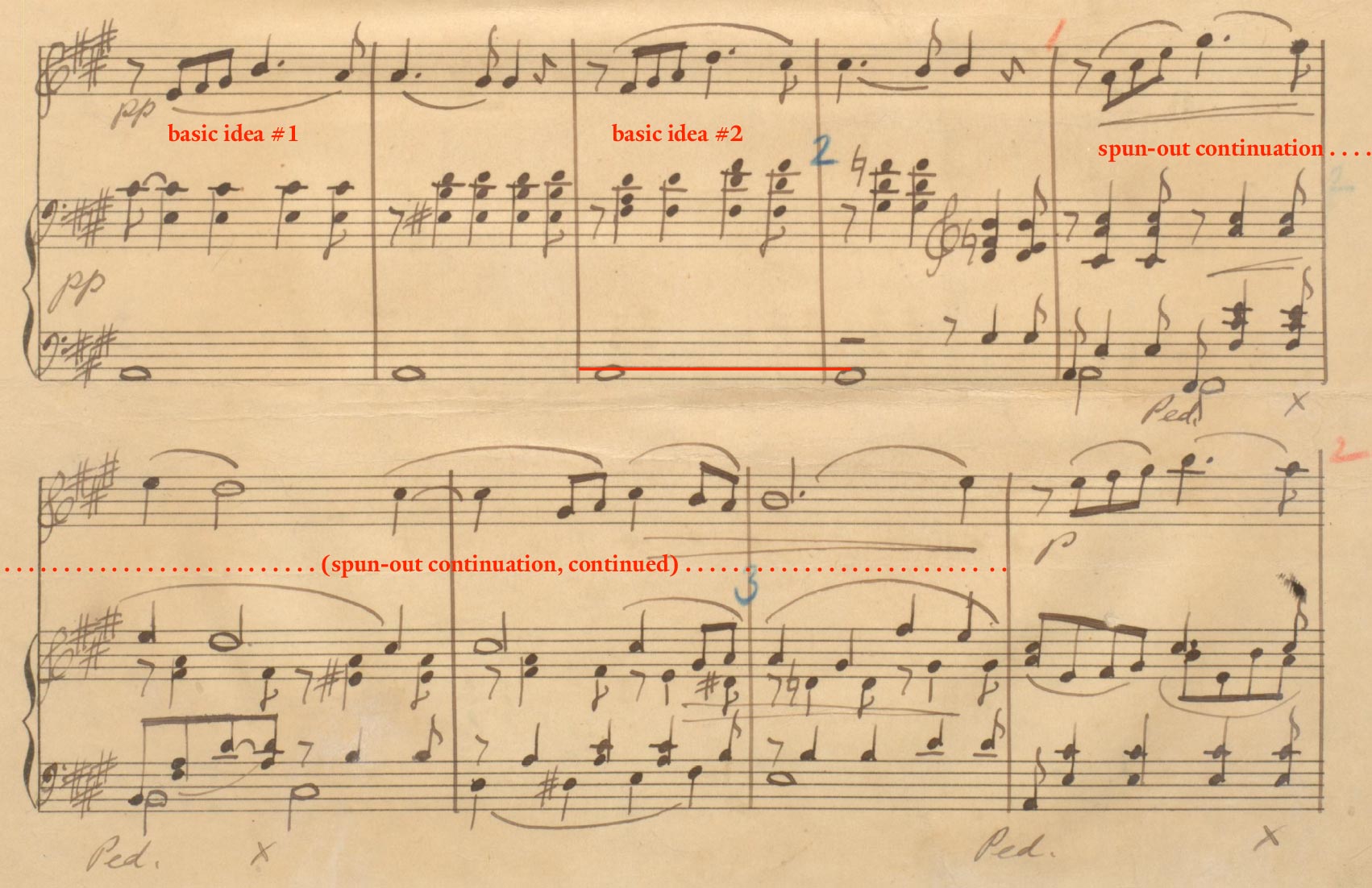A Listener’s Guide to Chamber Music — with Dr. Paul Berry of Yale School of Music

What is Chamber Music?
Chamber music is a genre of classical music written for small ensembles, typically performed without a conductor. Historically, it was played in private homes for intimate gatherings, but over time, it transitioned to larger venues and public performances.
In its early days, chamber music was a social experience, with audiences often conversing while musicians played. As performances moved from homes to concert halls, composers adapted their work to capture the audience's attention in these new settings. For instance, the opening notes of pieces became more pronounced and dramatic to command silence and focus in larger, more formal spaces.
Chamber music ensembles from the 1850–1900 period were often composed of string quartets, quintets, or violin-piano duo sonatas, as well as strings combined with piano. For example, a string quartet consists of two violins, one viola, and one cello, while a piano quintet includes a piano, two violins, a viola, and a cello. These standard configurations remain prevalent today, although contemporary ensembles often feature mixed groups of instruments.
Listen on:
Apple Music, Spotify, Deezer
The Evolution of Chamber Music
This shift in setting and audience expectations profoundly influenced the style of chamber music, a transformation vividly exemplified in the works of Joseph Haydn, often referred to as the "father of the string quartet." His early compositions, designed for intimate home settings, frequently start with a cadence that mimics an ending—a playful gesture fitting for smaller, conversational audiences. Later, as chamber music found a home in public halls, Haydn expanded his compositions, creating works with greater volume and complexity to fill these larger spaces.
The period between 1850 and 1900 further solidified key elements of chamber music. Composers of this era established a characteristic phrasing structure: two contrasting ideas followed by an extended development or "spun-out continuation." While these pieces were meticulously written, they often left room for moments of improvisation, adding an element of spontaneity to the performance.
Dr. Paul Berry highlighted this creative flexibility in his lecture, likening the structure of chamber music to a journey: it begins with the familiar (a “home”), then ventures into unexpected, often challenging territory. This dynamic can be heard in works like Amy Beach’s Romance for Violin and Piano (1893), where beauty and adventurous exploration intertwine.

A Lecture Rich in Insight
Dr. Berry’s engaging discussion of chamber music from 1850 to 1900 was brought to life with illustrative music clips, showcasing his enthusiasm for this pivotal period in the genre's history. His insights provided attendees with a deeper appreciation for the evolution of chamber music and its enduring relevance.
About Dr. Paul Berry
Dr. Paul Berry is a distinguished historian specializing in chamber music and song from 19th-century Germany and Austria. He earned his bachelor’s degree and doctorate from Yale University. His acclaimed first book, Brahms Among Friends: Listening, Performance, and the Rhetoric of Allusion, was published by Oxford University Press in 2014. His essays and reviews have appeared in prominent books and scholarly journals in both the United States and the United Kingdom. Currently, Dr. Berry serves as Deputy Dean and Associate Professor (Adjunct) of Music History at the Yale School of Music. In addition to his academic pursuits, he is an active tenor with a repertoire that includes early music, German lieder, and 20th-century compositions.
Upcoming Events
Follow the Seattle Chamber Music Society on Ode.
This free virtual lecture is part of the Seattle Chamber Music Society’s Winter Festival, running through January and February 2025.
Don’t miss:
• The second lecture with Dr. Paul Berry: Chamber Music Foundations on Sun, Jan 19 at 2PM.
Chamber music is a genre of classical music written for small ensembles, typically performed without a conductor. Historically, it was played in private homes for intimate gatherings, but over time, it transitioned to larger venues and public performances.
In its early days, chamber music was a social experience, with audiences often conversing while musicians played. As performances moved from homes to concert halls, composers adapted their work to capture the audience's attention in these new settings. For instance, the opening notes of pieces became more pronounced and dramatic to command silence and focus in larger, more formal spaces.
Chamber music ensembles from the 1850–1900 period were often composed of string quartets, quintets, or violin-piano duo sonatas, as well as strings combined with piano. For example, a string quartet consists of two violins, one viola, and one cello, while a piano quintet includes a piano, two violins, a viola, and a cello. These standard configurations remain prevalent today, although contemporary ensembles often feature mixed groups of instruments.
Listen on:
Apple Music, Spotify, Deezer
The Evolution of Chamber Music
This shift in setting and audience expectations profoundly influenced the style of chamber music, a transformation vividly exemplified in the works of Joseph Haydn, often referred to as the "father of the string quartet." His early compositions, designed for intimate home settings, frequently start with a cadence that mimics an ending—a playful gesture fitting for smaller, conversational audiences. Later, as chamber music found a home in public halls, Haydn expanded his compositions, creating works with greater volume and complexity to fill these larger spaces.
The period between 1850 and 1900 further solidified key elements of chamber music. Composers of this era established a characteristic phrasing structure: two contrasting ideas followed by an extended development or "spun-out continuation." While these pieces were meticulously written, they often left room for moments of improvisation, adding an element of spontaneity to the performance.
Dr. Paul Berry highlighted this creative flexibility in his lecture, likening the structure of chamber music to a journey: it begins with the familiar (a “home”), then ventures into unexpected, often challenging territory. This dynamic can be heard in works like Amy Beach’s Romance for Violin and Piano (1893), where beauty and adventurous exploration intertwine.

A Lecture Rich in Insight
Dr. Berry’s engaging discussion of chamber music from 1850 to 1900 was brought to life with illustrative music clips, showcasing his enthusiasm for this pivotal period in the genre's history. His insights provided attendees with a deeper appreciation for the evolution of chamber music and its enduring relevance.
About Dr. Paul Berry
Dr. Paul Berry is a distinguished historian specializing in chamber music and song from 19th-century Germany and Austria. He earned his bachelor’s degree and doctorate from Yale University. His acclaimed first book, Brahms Among Friends: Listening, Performance, and the Rhetoric of Allusion, was published by Oxford University Press in 2014. His essays and reviews have appeared in prominent books and scholarly journals in both the United States and the United Kingdom. Currently, Dr. Berry serves as Deputy Dean and Associate Professor (Adjunct) of Music History at the Yale School of Music. In addition to his academic pursuits, he is an active tenor with a repertoire that includes early music, German lieder, and 20th-century compositions.
Upcoming Events
Follow the Seattle Chamber Music Society on Ode.
This free virtual lecture is part of the Seattle Chamber Music Society’s Winter Festival, running through January and February 2025.
Don’t miss:
• The second lecture with Dr. Paul Berry: Chamber Music Foundations on Sun, Jan 19 at 2PM.
Join the Club
Follow the organizations you care about, track and bookmark events as they're announced—discover your next enriching experience on Ode.
